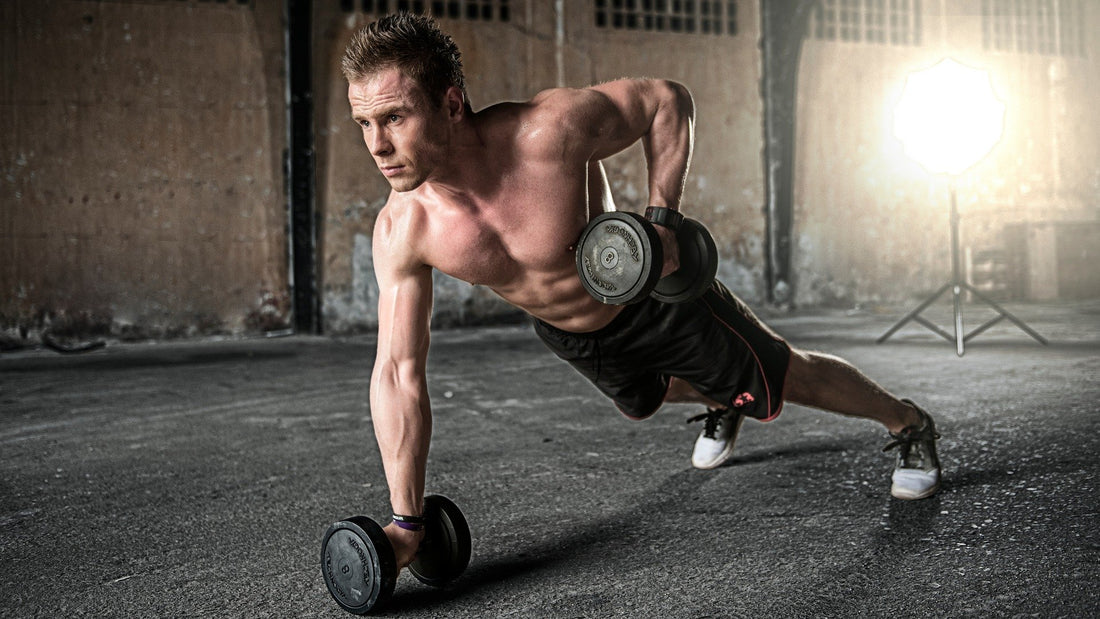
How To Incorporate Electrolytes In Your Week
Share
Maintaining a healthy lifestyle can be difficult, but it's worth it! A critical part of living a healthy life is making sure you're getting enough electrolytes. Electrolytes are essential for many bodily functions, including nerve and muscle function, hydration, and blood pressure. The benefits of electrolytes range from exercise support to hangover cures. Let's take a deep dive into how you can incorporate electrolytes into your daily fitness regime.
Electrolytes are found in many places, from food to drinks like coconut water or supplements. When living a healthy lifestyle, it is essential to ensure you get the right amount of electrolytes to function and thrive every day.
The amounts of electrolytes you need daily depends on several factors, including:
- age
- level of activity
- water consumption
- climate
The older we get, the more minerals and salts we need to keep our muscle and nerve functions going strong. Exercising in hot and humid climates at high intensities can cause you to sweat more which can lead to losing electrolytes faster, so making sure you drink enough water is essential.
No matter what form of exercise you undertake, from yoga to running, electrolytes matter. If you don't replenish the fluids you lose via sweat, everything from your everyday exercises to a brisk walk can strain you physically or mentally. In other words, if you don't replenish your fluids, your electrolyte concentration will suffer. Another reason for an electrolyte imbalance is not following a nutritious diet rich in essential minerals associated with electrolytes.
Muscle cramps, dizziness, fatigue, heart palpitations, drop in blood pressure, weakness, and disorientation is common electrolyte imbalance signs. The good thing is that you won't have to deal with these issues since we get electrolytes through the meals and beverages we consume regularly or through electrolyte supplements. Not sure where to start? Don't worry! We have outlined some tactics for you.
Tactic 1: The whole food diet.

Electrolytes are found in various whole foods (i.e., foods that keep their natural state), which means you might be consuming electrolyte-rich foods without even knowing it.
Some examples of foods that are rich in electrolytes are:
• Leafy green vegetables: Spinach, kale, and collard greens are good sources of calcium and magnesium.
• Other vegetables: Avocado, sweet potato, and squash are rich in potassium. Potatoes are a good source of phosphorous and magnesium, and, with their skin on, they are also high in potassium.
• Fruits: Bananas, dried apricots, prunes, and other fruits are high in potassium.
• Nuts and seeds: Nuts, seeds, and nut or seed kinds of butter are a great source of magnesium, whereas cashews are an excellent option for moderate amounts of phosphorous.
• Beans and lentils: Lentils, kidney beans, and soybeans are great to get your daily dose of magnesium, potassium, and phosphorous. Tofu can be a source of calcium if the manufacturers use calcium sulfate as a coagulant.
Incorporating these foods into your nutrition or just your everyday diet can aid in your overall wellness and keep your electrolytes in check. Some simple ways to add more of these electrolyte-rich foods to your diet are by experimenting with green smoothies for an on-the-go treat, opting for sweet potato variants instead of regular potatoes, and snacking on nuts and fruits during the day.
Tactic 2: Replenish as you go.

Electrolyte losses might impede fitness levels and exercise performance since they help with muscle function, contraction, and regrowth. Some electrolytes, like potassium, also help in combatting cramps. As a result, your goal during exercise is to maintain adequate electrolyte levels.
Here are top tips for keeping track of your electrolyte intake during exercise:
• When exercising for more than an hour, an electrolyte-infused drink can be beneficial. However, this only works when you’re training at a higher intensity than the previous hour; otherwise, water will do just fine if you spend two hours on low-intensity workouts.
• When you’re sweating a lot, and it’s salty. Everyone sweats differently, but if your skin feels chalky, almost gritty after a strenuous workout, or you have experienced a thin layer of white on your skin, water is likely not enough to keep you hydrated during workouts. Ensure your electrolyte supplement of choice has sodium present; otherwise, it might not help as much as you need it.
• On a hot and humid day, don’t let the electrolytes fall away! The hotter and more humid the environment you're exercising in is, the more likely you will require electrolytes. Extreme heat raises the body's core temperature, resulting in more perspiration, but humidity hinders sweat from properly cooling you down. Keeping an electrolyte-rich supplement with you during your exercise can help you combat excessive electrolyte losses.
There are different ways to incorporate electrolytes into your wellness routine but keeping it easy is vital. Eating electrolyte-rich foods and supplementing your electrolyte intake when your body needs it most is imperative. Of course, you can always look at how you can bolster your supplements in creative ways (like adding certain fruits to your drink) to increase your electrolytes intake, but with an electrolyte-rich diet and taking supplements at critical times during your workouts, you can’t go wrong!
